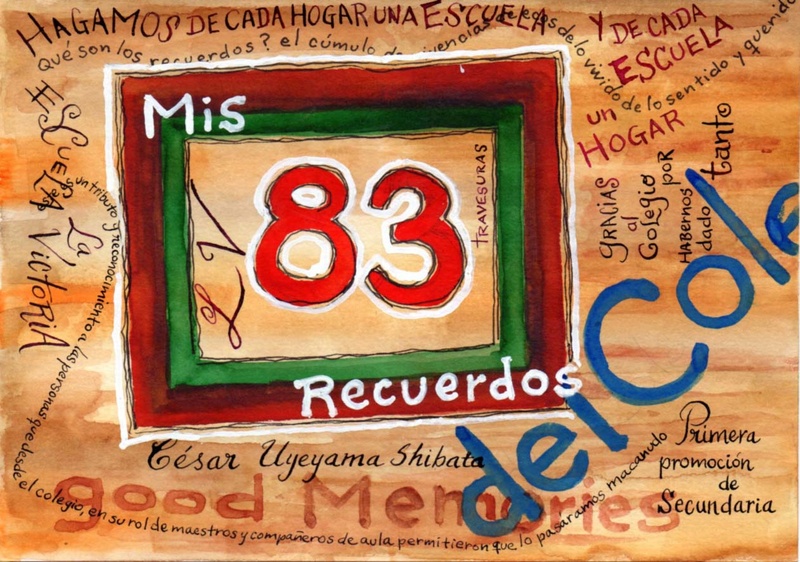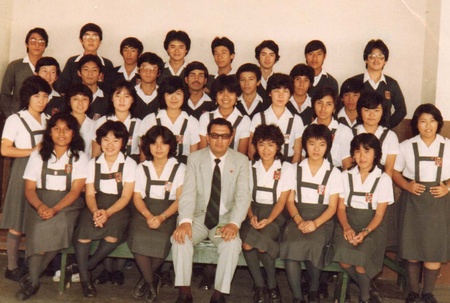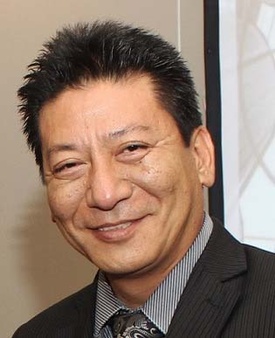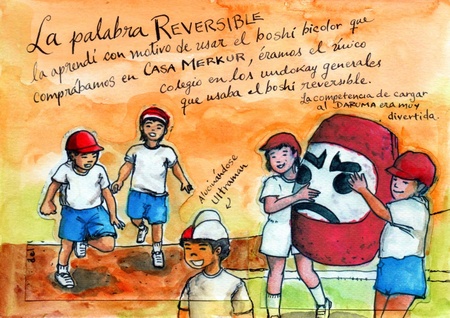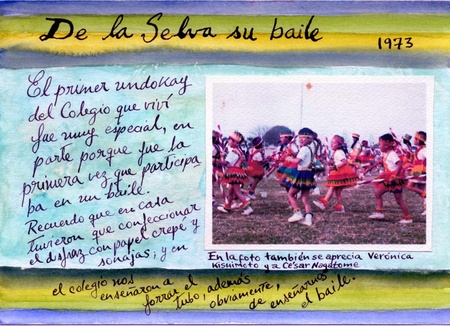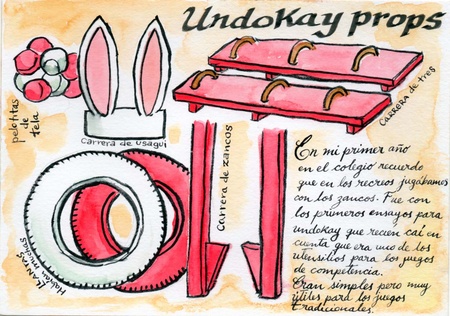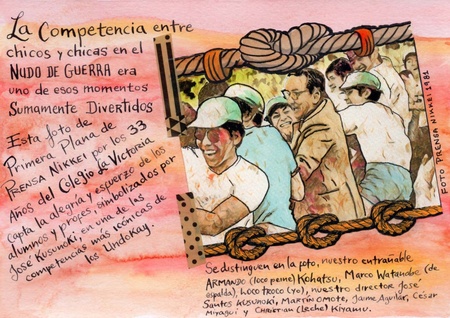When the Second World War ended in 1945, the community of Japanese origin in Peru was headless, adrift, weakened by the attacks carried out by the Peruvian authorities, located on the side of the Allies.
One of the most painful blows was the closure of the Lima Nikko school, the largest founded by the Japanese in Peru to educate their Nisei children.
Three years after the end of the war, in 1948, four Issei from the Kumamoto prefecture—Masaji Yasumoto, Sueo Iwata, Yaki Honda and Ichiroku Matsuoka—created the Peruvian-Japanese school La Victoria in a context that was still adverse for the community. The Central Japanese Society (today, the Peruvian Japanese Association) did not function (it had been closed) and Japan lacked diplomatic representation in Peru (relations had been broken during the war).
The new school—initially for elementary school children—took its name from the district where it was established, home to many Nikkei businesses and families.
Unlike the pre-war schools, with a Japanese educational focus, La Victoria set out with the objective of training students to live in Peru. The war modified the plans of Japanese immigrants: returning to Japan was no longer a goal and Peru became the land of definitive roots.
40 YEARS LATER
In 2023, La Victoria school will commemorate its 75 years of existence. In addition, it will be 40 years since the graduation of its first high school class, made up of 30 students, 15 boys and 15 girls.
One of the members of the pioneering promotion is the lawyer and cartoonist César Uyeyama, who is working on a graphic work about the 40th anniversary.
The book will be made up of 83 pictures (in reference to 1983, the year of his graduation), memories of his school days, from the celebration of the undokai to the anecdotes in the classrooms.
The interest in making drawings or vignettes about the school was born several years ago. To revive memories and encourage former classmates to emulate him, César shared his creations in a Facebook group of former La Victoria students.
This year he decided to go one step further to turn his archipelago of drawings into an organic work with 2023 as the horizon.
César seeks to preserve the memories of his class, “so that they are not lost,” as well as “highlight how great school life is.”
UNDOKAI, THE MOST MEMORABLE THING
An activity that profoundly marked his time at school was the celebration of the undokai, and this is reflected in his pictures, in which the sports festival has a great role.
In his school, he remembers, two undokai were held a year: the first, in May, with the rest of the Nikkei community schools, and the second, months later, an internal one, only with students from La Victoria.
There were games and competitions. 25 meter flat races for children, ball shooting contest, tire races, bunny races, carrying a daruma, etc.
More than competitions, they were recreational activities in which all participants won at least one pencil.
The artistic numbers were another story. Traditionally, dance and music shows of artistic expressions from Peru and Japan were put on, but sometimes they broke the mold.
Once, when he was in fifth grade, they danced to songs by the group Bee Gees, popular in the movie Saturday Night Fever .
César remembers that a neighbor taught him to imitate the steps of John Travolta; On a sheet of paper he drew his movements so that the dancers could learn and rehearse them at school. It was quite an event.
In another undokai, he recalls, they painted their faces like the members of the group Kiss, then in vogue, to perform their songs by miming.
By conservative standards of the time, these proposals were “something crazy, out of the ordinary.”
Lots of fun.
NIKKEI SINGULARITY
César realized from a young age that his school was different from the others. When he talked to the kids in his neighborhood and mentioned, as if it were the most natural thing in the world, the undokai, for example, the expressions of surprise multiplied around him. “They looked at me like, 'What are you talking about?'” he says.
In La Victoria they also did radio taiso, and that was another activity that they did not do in their neighbors' schools.
Teaching the Japanese language was another thing that set his school apart.
Another distinction: that they had to clean their classroom, as is usual in schools in Japan but not in Peru.
Therefore, for him the most special or outstanding thing about La Victoria was the fact that it was Nikkei; It made him stand out from his surroundings.
The cleanliness of the facilities indicated the importance that training in civics had in the school.
“Respect for what my classmates do” is, he says, the lesson he most appreciates from his school years.
The Victory was “very important and decisive” in the formation of his Nikkei identity.
However, beyond the Nikkei, school marks you more than anything else because they are all new experiences, says César. Its impact as a personality modeler is notable in any country or culture. It is a universal feeling.
This is what he misses about school: the permanent novelty, the continuous discovery and learning, as well as the naturalness or spontaneity of the child without calculations or agendas, who takes things as they are and makes friends simply because he wants to. He does it because he is born to it and that's it. They are pure and sincere friendships. “When you are a child you don't filter anything,” says the Nikkei cartoonist.
Filters appear in post-school life, and the steps usually have a purpose. For example, at school you study whatever comes, but then you choose what you want to study or be.
Her promotion, being the first to complete high school in La Victoria, was “experimental.” Of the teachers, he gratefully remembers Susana Fukuhara, who promoted sports and artistic activities.
Likewise, it evokes the school director, José Kusunoki, a perennial figure in a photo in which he appears in a game of strength that divided the participants into two sides, each of which pulled the end of a rope. A postcard from the fellowship.
A “very nice” image, says César Uyeyama, the same words he uses to define his school years. Bien writes on the cover of his future work: “Thank you to the school for giving us so much.”
© 2022 Enrique Higa Sakuda


